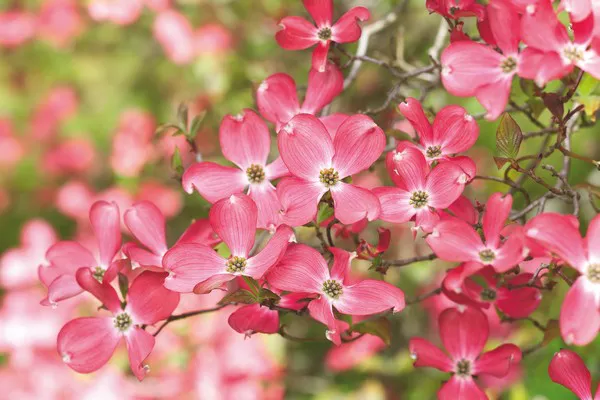Florida, renowned for its diverse and vibrant flora, boasts a multitude of enchanting flowers. Among this colorful array, one flower, with its striking pink hue, commands attention from both locals and tourists alike. This pink flower, scientifically referred to as Tabebuia rosea, is commonly known as the Pink Tabebuia or the Pink Trumpet Tree.
The Pink Tabebuia is a deciduous tree capable of reaching heights of up to 40 feet. Its resplendent pink blossoms unfurl in profusion during the spring season, transforming the landscape into a picturesque spectacle. These trumpet-shaped flowers, with their delicate petals and vibrant color, create a breathtaking sight that is impossible to overlook.
Frequently Asked Questions:
Q: Where can the Pink Tabebuia be found in Florida?
A: The Pink Tabebuia can be found throughout various regions of Florida, including urban areas, parks, and residential neighborhoods.
Q: When does the Pink Tabebuia bloom?
A: The Pink Tabebuia typically blooms during the spring season, generally between February and April.
Q: Are there any other colors of Tabebuia trees in Florida?
A: Yes, aside from the Pink Tabebuia, there are other species of Tabebuia trees in Florida that bloom in different colors, such as yellow, lavender, and white.
The Pink Tabebuia is cherished not only for its aesthetic allure but also for its ecological importance. The tree attracts a variety of pollinators, including bees and butterflies, playing a pivotal role in the pollination process. Furthermore, the Pink Tabebuia provides shelter and sustenance to numerous bird species, enriching the biodiversity of the region.
It is worth noting that the Pink Tabebuia is a native species to Florida and has become an iconic symbol of the state’s natural beauty. Its presence enhances the overall charm and allure of Florida’s landscape, rendering it a must-see for nature enthusiasts and photographers.
In conclusion, the pink flower that graces Florida’s scenery is none other than the Pink Tabebuia. Its vibrant pink blooms, coupled with its ecological significance, make it a beloved and cherished part of Florida’s natural heritage. So, if you happen to be in the Sunshine State during spring, make sure to keep an eye out for this stunning pink beauty.


